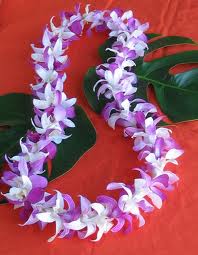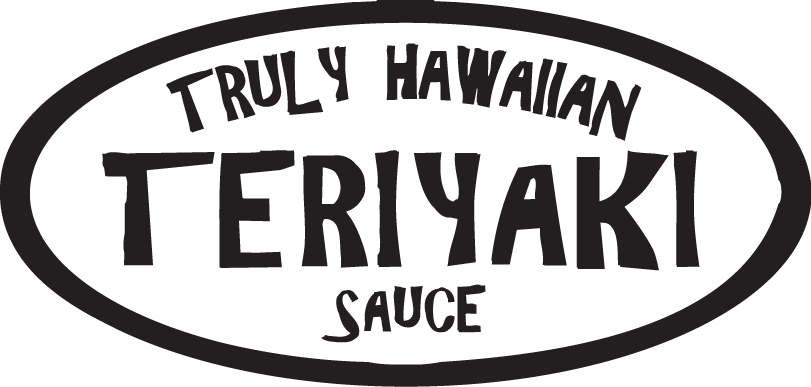Most vacationers in Hawaii visit at least one luau during their stay. Though today there are many commercial luaus throughout the island, this traditional Hawaiian feast actually dates back hundreds of years. In the islands, men and women were once required to eat separately, and women were restricted from eating certain foods that were considered delicacy. King Kamehameha II came to power in the early nineteenth century, and abolished such restrictions in 1819. He held a feast, inviting both women and men, to symbolize the end of such laws. At the very first feast, a traditional dish of chicken in Taro leaves cooked in coconut milk was served. This dish, known as ‘luau,’ gave the feast its name.

Traditional luaus were not just big parties. They were held to celebrate milestone occasions, such as a coming of age or the arrival of an important guest. Although many contemporary luaus are simply festive Hawaiian parties, traditional luaus were only held for symbolic occasions. Today, large commercial luaus are held throughout the islands for tourist entertainment. If you are a guest at such a luau, you will likely receive a lei, or necklace of woven flowers, as a welcoming gift. These professional luaus are often held at the most popular hotels throughout the islands. More traditional luaus are held throughout the year for symbolic celebrations.
Both modern and traditional luaus are large feasts; during the time of King Kamehameha II, guests often had to eat in several shifts, because the guest list numbered several hundred. During the earliest luaus, invited guests sat on the ground, where food was placed on woven leaf mats. The traditional luau food, including roast pig and mashed taro root, was eaten by hand, without the use of any utensils. Both staples of the Hawaiian diet are still served at many modern luaus. King Kamehameha II ensured that the luau incorporated delicacies which had, until that point, been forbidden for women to eat.
Today’s commercial luaus, which are held weekly at the most popular tourist spots throughout Hawaii, offer not only delicious feasts, but also engaging entertainment. Visitors to a Hawaiian luau often see Samoan fire dances and Hawaiian hula dancers; you may even get the chance to learn a simple hula dance. Today, many luaus also offer crafts and souvenirs for sale. Modern luaus include not only native Hawaiian elements but also Polynesian and Asian influences, of which the fire dancing is just one example.

This fusion of cultures also extends to the cuisine, which includes traditional Hawaiian and luau cuisine in addition to standard Asian or mainland dishes served with tropical flair. Many of the meats served at a luau are marinated in teriyaki sauce, lending a sweet yet savory flavor to the feast. One unique dish is teriyaki marinated Spam; this canned meat is surprisingly popular throughout Hawaii. Nearly every luau will also offer traditional Hawaiian fare, including Kalua Pork and poi. Because luau parties were particularly popular during the 1960s, some luaus also incorporate cocktail foods from that era, such as cocktail weenies cooked in teriyaki sauce, or even macaroni salad.
No Hawaiian vacation is complete without enjoying at least one luau, not only for the delicious food but also for the excitement. Today’s luaus range drastically in their adherence to traditional luau cuisine and customs, from traditional celebrations held for symbolic reasons to Hawaiian themed summer parties.
